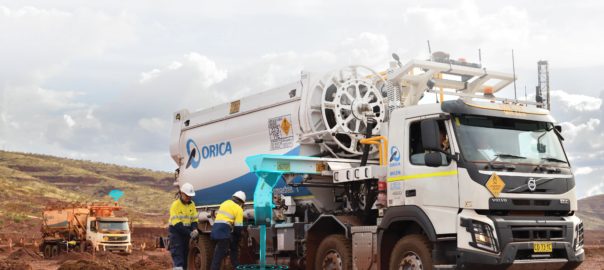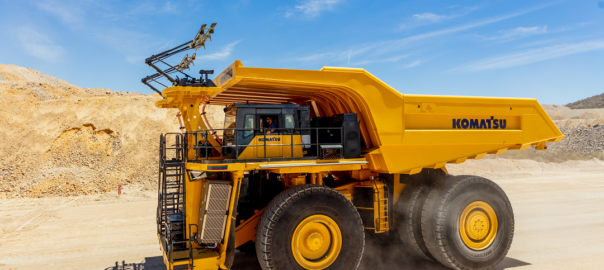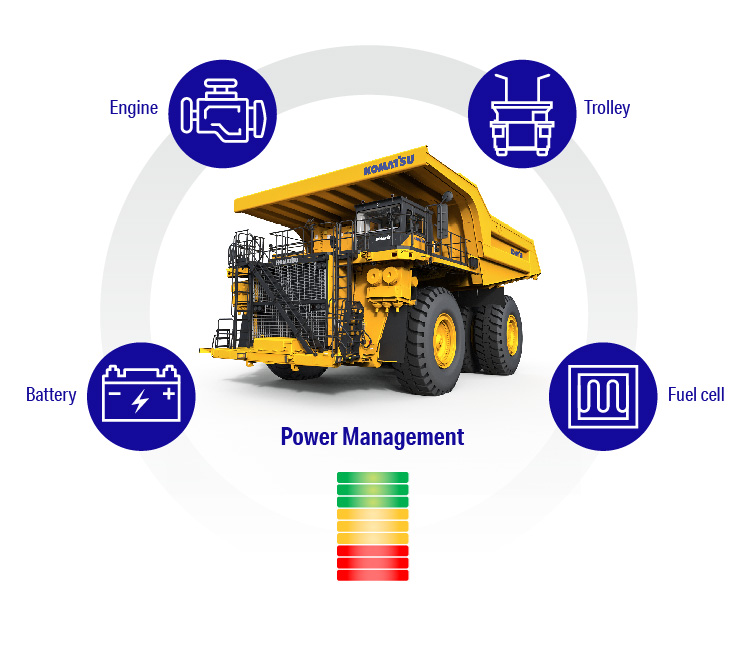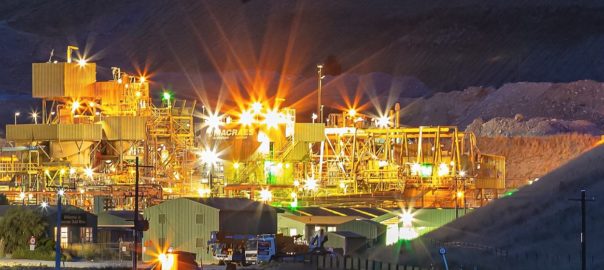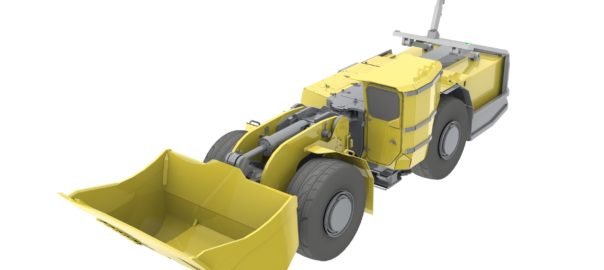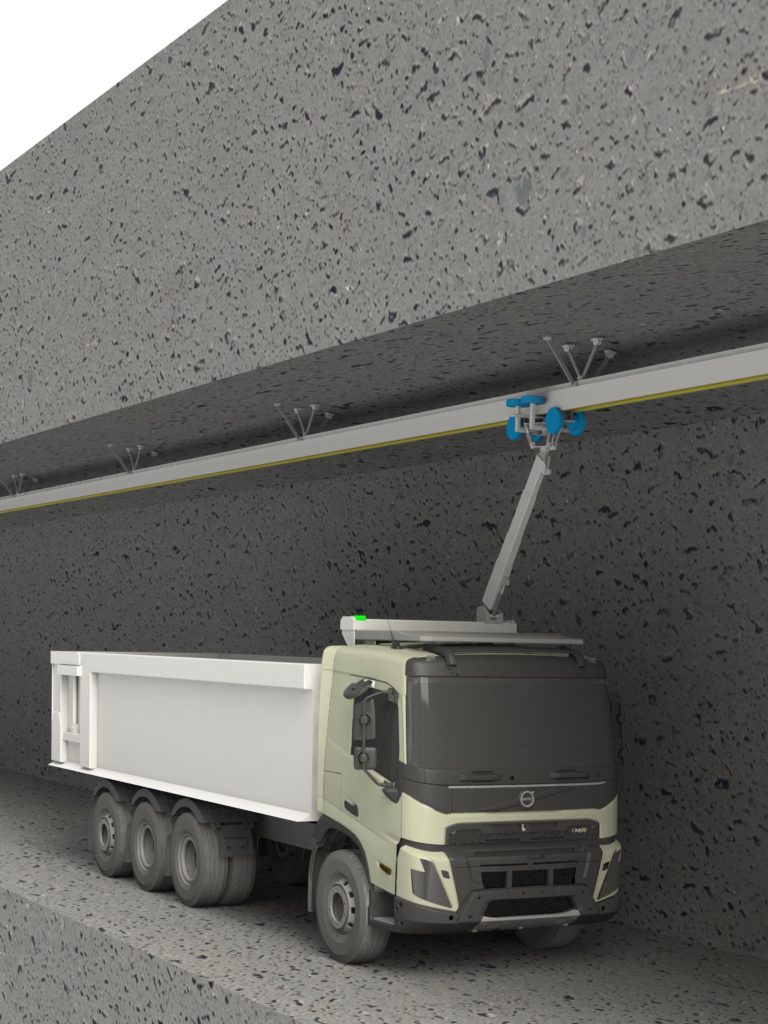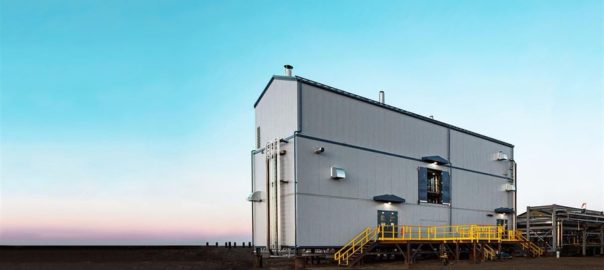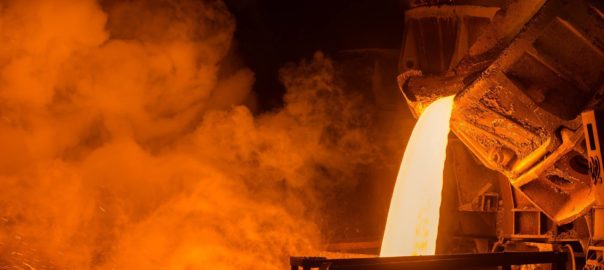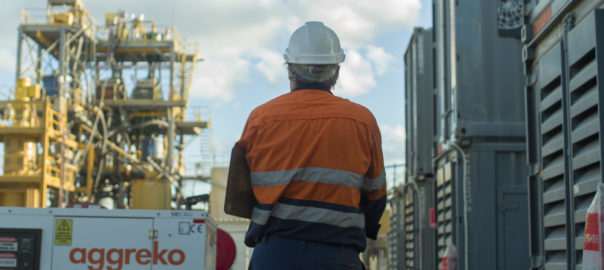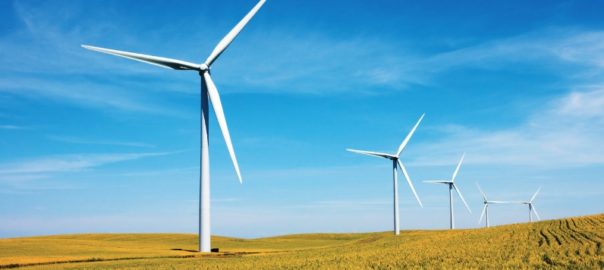Orica has announced its ambition to achieve net zero emissions by 2050, covering Scope 1 and 2 greenhouse gas (GHG) emissions and its most “material” Scope 3 GHG emission sources.
The ambition builds on Orica’s previously announced medium-term target to reduce Scope 1 and 2 operational emissions by at least 40% by 2030.
To advance its net zero emissions ambition, Orica says it will:
- Continue to reduce its operational footprint: prioritising Scope 1 and 2 operational emissions reductions by deploying tertiary catalyst abatement technology, sourcing renewable energy and optimising energy efficiency and industrial processes;
- Collaborate with its suppliers: as new and emerging technologies scale and become commercial, partner with suppliers to source lower emissions intensity ammonium nitrate (AN) and ammonia to reduce Orica’s Scope 3 emissions, which account for approximately 70% of Orica’s total Scope 3 emissions;
- Prioritise lower carbon solutions: developing lower carbon AN, as well as new products, services and technology offerings to help customers achieve their own sustainability goals; and
- Report progress: transparently disclose performance consistent with the recommendations of the Task Force on Climate-Related Financial Disclosure.
Orica Managing Director and Chief Executive Officer, Sanjeev Gandhi, said: “Our ambition of net zero emissions by 2050 shows our commitment to playing a part in achieving the goals of the Paris Agreement. This is a strong signal that the decarbonisation of Orica will, and must, continue beyond 2030 and requires a collaborative approach across all of our stakeholders.
“We’re making solid progress having already achieved a 9% emissions reduction in financial year 2020 (to June 30, 2020) and further reductions this financial year. We’ve taken our 2030 medium-term target and extended our planning over the long term, developing a credible roadmap to support our ambition to achieve net zero emissions by 2050.
“Over the next decade, Orica is deploying tertiary catalyst abatement, prioritising renewable energy opportunities and supporting a trial of carbon capture utilisation and storage technology. Beyond 2030, how we achieve our ambition is dependent on effective global policy frameworks, supportive regulation and financial incentives, and access to new and emerging technologies operating at commercial scale.
“Orica is a company with a long history of technical innovation which is already helping our customers improve mine site safety, productivity and efficiency. We will apply the same approach by deploying low-emissions technologies to our major manufacturing sites and working with our global suppliers and stakeholders on reducing the footprint of our supply chain.”
Orica says it has already undertaken several initiatives to drive action towards its medium-term target and support its 2050 net zero emissions ambition.
In FY2020, Orica’s Bontang AN manufacturing facility in Indonesia recorded a 43% reduction in net emissions and its Kooragang Island nitrates manufacturing plant (pictured below) in Australia achieved a 6.3% reduction in net emissions, by replacing and improving the performance of selective catalyst abatement technologies, the company said.
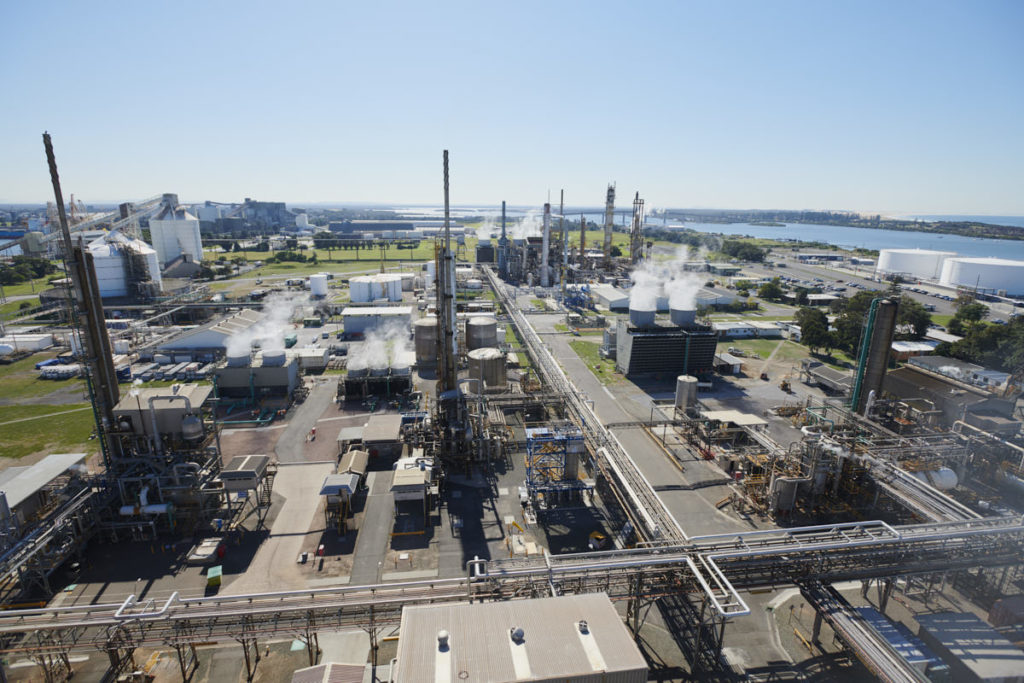
In partnership with the Alberta Government this year, Orica’s Carseland AN manufacturing facility in Canada has commissioned tertiary catalyst abatement technology, reducing emissions by approximately 83,000 t/y of CO2e.
Orica has assigned approximately A$45 million ($33 million) over the next five years in capital to deploy similar tertiary abatement technology across its Australian AN sites, which, it says, could deliver an annual reduction of 750,000 t CO2e.
Orica will also support the construction of a mobile demonstration plant of carbon capture, utilisation and storage technology at its Kooragang Island manufacturing facility, led by Mineral Carbonation International, in partnership with the Australian Government and the University of Newcastle. The plant is scheduled to be built on Orica’s Kooragang Island site by the end of 2023 and have direct access to some 250,000 t of captured CO2 from Orica’s manufacturing operations.







